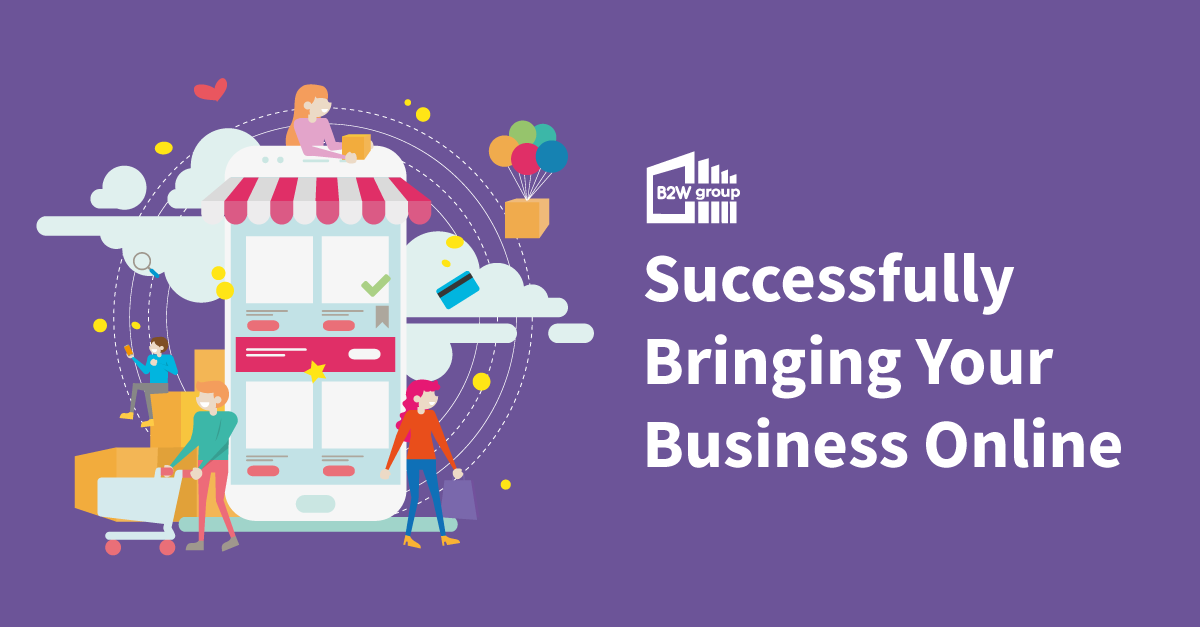
So you’re looking to effectively move your business online? Great decision! We will discuss creating your website, social media channels and helping your audience find you using advertising techniques (free and paid examples).
What You Will Learn in This Article
The First Steps
The first things to prioritise when you’re in the process of bringing your business online are your goals and objectives. What is your reason for wanting to be online?
A great example is a pet food supplier. Their reason for being online is to get more exposure of their products, increase the sales of their pet food and to be known more locally.
An easy and fast way to be found locally is by adding your business to online directories. These are usually free to join and you can add details such as opening times, contact details, an overview of your business and what services and/or products you offer.
Obviously one of the first things a person looks for when they’re searching for you is your website. When building a website, consider adding things such as products and/or services, an ‘about us’ page, a booking system, FAQs and a review section.
Connecting with Your Audience
If you want to connect with your audience online, you can create social media profiles. The top social networking sites include Facebook, Twitter, Instagram and LinkedIn. Which platforms you decide to use can depend on your business type and what you are selling or promoting. For example, if your company has more of a B2B (business to business) approach, you may want to prioritise LinkedIn as that is where other businesses will be.
If you are a hairdresser, you would prioritise Instagram and Facebook as they allow you to showcase your services, post examples of your work and quickly respond to potential clients.
If you don’t want to build a website right away, then your focus should be on social media. Using Facebook will allow you to connect with your audience and provide them with all the details they need such as your address, opening times and services and/or products that you offer.
How to Get Your Audience to Find you
There are many ways in which your audience can find you when once you’ve finished setting up social media, adding yourself to directories and/or creating your website.
One of the most popular methods your audience will use is search engines. Using search engines such as Google or Bing will allow them to find results based on queries they have searched. Going back to the hairdresser example, someone may search for something similar to “hair extension fitting near me”. They will then get results that relate to this query, so it’s important to ensure you mention enough information about what you are offering.
Another faster route you can take is SEM (search engine marketing). This method is when you pay per click for your listing to be shown higher up in the search engines when people are searching for something. You can customise these adverts, including how they will be worded and what keywords and phrases you want to target and in which locations you want to limit your advert to.
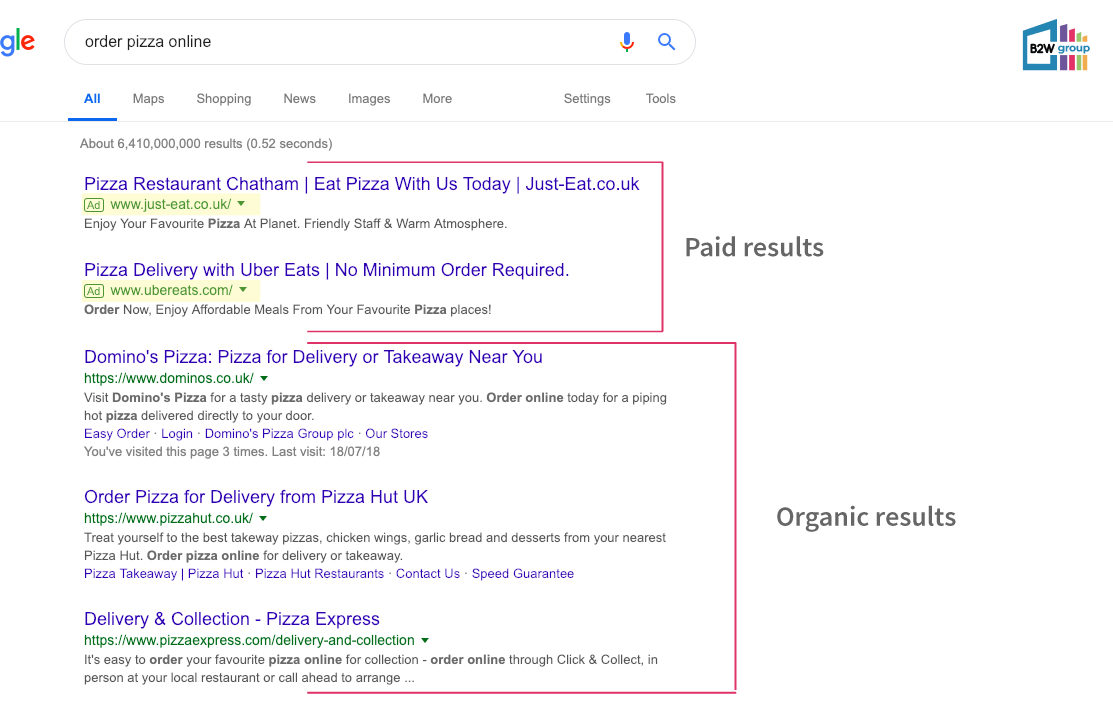
Whether you plan on using search engine marketing or not, it is still important to ensure your website is search engine optimised. In the long run, you want your website to be listed organically in the results page.
It Can Take Time
Just remember, with SEO you can’t expect amazing results straight away. It’s about implementing your online strategy and developing it over time to keep it fresh and in-trend. Keep up-to-date with your industry and ‘what’s hot’. There are many tools you can use to see what’s trending, including Google Trends. This tool allows you to search for keywords or phrases to understand their popularity. You can compare it to other phrases and see which is gaining more traction.
Social media can also help to determine trends. Looking on Twitter daily to see ‘What’s Trending’ can help you understand what your posts should be focusing on and the hashtags you can use to gain exposure of those posts.
If you want to see what the most popular pages are on your website, you can check Google Analytics. It’s free to set up with your business and can show you things such as visitor count, bounce rate, how many pages on average each visitor is viewing and which pages are most popular.
You can analyse which products seem to be getting the most interest and prioritise the marketing on them.
Plan Your Online Business Strategy
As mentioned previously, it’s important to implement an online business strategy and develop it over time. A business strategy is used to clearly define any ideas you have and to turn them into aims and objectives and actions you want to take to be able to get there.
Here’s a step-by-step guide to help you understand creating a strategy:
Step one: define your goals and objectives
Try to ensure these are specific goals that you can work towards. If you were just to write something such as “increase more sales”, it wouldn’t give you enough guidance or anything to compare against once you have completed your actions. A better example would be something such as “gain 10 new customers in the next month”.
You can set multiple goals, it doesn’t just need to be about sales. You may want to set other goals such as increase customer satisfaction, raise your brand awareness or have more customers visit your physical store.
Step two: understand your business and what it stands for
This can be something simple such as your mission statement. Think about how you want to be represented to your customers. For example, The B2W Group want to empower people with the knowledge, skills and confidence to develop their careers.
Also, think about your USP (Unique Selling Point). What do you offer that your competitors don’t? If you’re unsure, you can conduct some competitor research. Look into your competitor’s websites and social media channels to see what they are promoting. It is a good idea to create a table if you have multiple competitors, such as the below:
| Similarities | Differences | |
| Competitor 1 | ||
| Competitor 2 | ||
| Competitor 3 |
Step three: decide on your strategies
Strategies can differ depending on the goals that have been set. Go back to your goals and decide on the ways in which you’re going to achieve them.
If it’s to increase sales, you will want to do things that can help with this. If your sales are made on your website, then you will want more people to visit. Think about posting more content on social media that is related to the product or service you want to sell. Look into hashtags that are popular to accompany your posts and link them back to your website.
If you have a budget, you can promote posts on social media or do a PPC campaign on search engines.
If you want to increase customer satisfaction, you can do things such as add an online chat to your website so they can easily contact you with any questions or answers or add a FAQs page to answer common questions. You can also take simple steps such as increasing the response time on Facebook for any messages that come through to your company page.
You can try to encourage people to sign up to your mailing list to build brand loyalty and retain your customers. Provide them with incentives such as exclusive offers and make sure it’s worth their time.
Build Your Online Shop
When building your online shop, you need to take into consideration the behavioural differences between online and offline audiences.
An audience journey online is likely to be similar to the “See, Think, Do, Care” framework.
See: you see something that inspires you to make a purchase. This can be through social media or something in real life that prompts you to use your phone or computer to search for it. An example would be if you saw a friend posting about their new make-up set on social media. This could lead you to realise you are running out of your current products and you’re wanting to try out some new ones.
Think: this is the stage in which you will be searching up for the product or service you’re interested in. This would involve steps such as searching a query on Google similar to “best makeup products”.
Do: After being presented with many results and adverts, you will spend time searching around for the different products available. You may visit multiple sites and browse through pages of products to compare reviews and prices. You will then make a purchase.
Care: Once you’ve made that purchase, the last stage would be to post on social media about it, usually posting a picture. This will then repeat the cycle for others.
Your customers won’t always follow this exact framework, it might only involve some stages and not others. Even so, it’s a good framework to base your audience journey off.

Showrooming
Although there are differences between online and offline purchases, sometimes activities are combined. For example, a customer might first go into a physical store to try on a product. Once they have tried it on and decided they like it, they may search for it on their phone to see if they can get it cheaper elsewhere. If so, it could result in an online purchase.
A customer could start their journey searching for a product online, which then lead to visiting a store offline to try the product on and purchase it a the store instead.
Audience Segmentation
Understanding your offline and online audiences and different behaviours will allow you to segment your audience. Audience segmentation is when your audience is divided into sub-groups based on factors such as demographics, product usage, communication behaviours and psychographics.
Segmentation will allow you to adapt your advertising, making it suitable for different audiences. For example, if you were to divide them based on their location. Those local to your store are much more likely to visit your store physically whilst those further away will want to purchase products online.
With paid advertising, you can also target audience types which will be more cost-effective as the right message will be getting sent to the right audience.
Improving Your Customer Journey Online
Going back to the topic of audience behaviour, there are many ways you can identify their behaviour and the journey they are taking on your online store. You can analyse this data and improve their experience.
Using Google Analytics, you can see which pages members of your audience are going to and where they are dropping off (exiting the site). To do this, go to your account and click on “Behaviour” on the left-hand side and then “Behavioural Flow”.

This will also give you an indication of which pages and products are most popular. Here, we can see that there are a few people dropping off on the starting pages, so we will consider making changes to prevent this from happening. This could include changing our call-to-action or including an offer which entices visitors to view more pages.
Think about the other possibilities of why this is happening. Investigate thing such as your site loading time.
- 47% of consumers expect a web page to load in 2 seconds or less. (source)
- 40% of people abandon a website that takes more than 3 seconds to load. (source)
It may also be because of mobile optimisation issues. To compare data on mobile and desktop users, click on “Audience”, “Mobile” and then “Overview”. You can see what percentage of visitors are using each device, pages per session and the bounce rate (the percentage of people that exit after only viewing the landing page).

Planning Your Social Media Content
Once you are happy with the experience your audience is having on your website, you might want to further focus on social media marketing.
There are a few important points to consider when you want to retain your fanbase on the platforms.
Consistency
To grow your audience, consistency is key. Make sure you’re posting often. This doesn’t mean forcing content every day – quality is better than quantity. But we recommend posting at least 2-3 times a week. Two great posts a week are better than five mediocre posts that are only there for the sake of posting.
Interest
Your content needs to be of interest to your customers. They don’t want to see you selling to them constantly. A great rule to follow is the 80/20 rule. 80% of your content should be informative, educational, useful and non-promotional. 20% of content would then be dedicated to selling your products and/or services.
Ideas for content could be blog posts, facts and statistics, fun posts such as fun days in the office and posting about holidays of the year (Days of the Year is a great site for this).
Personalisation and Engagement
Make your audience feel as though they are part of your company. Engage with them through polls, questions, videos and ask for their views and opinions. Encourage them to leave comments because not only does it build brand loyalty, it will also give your posts more exposure.
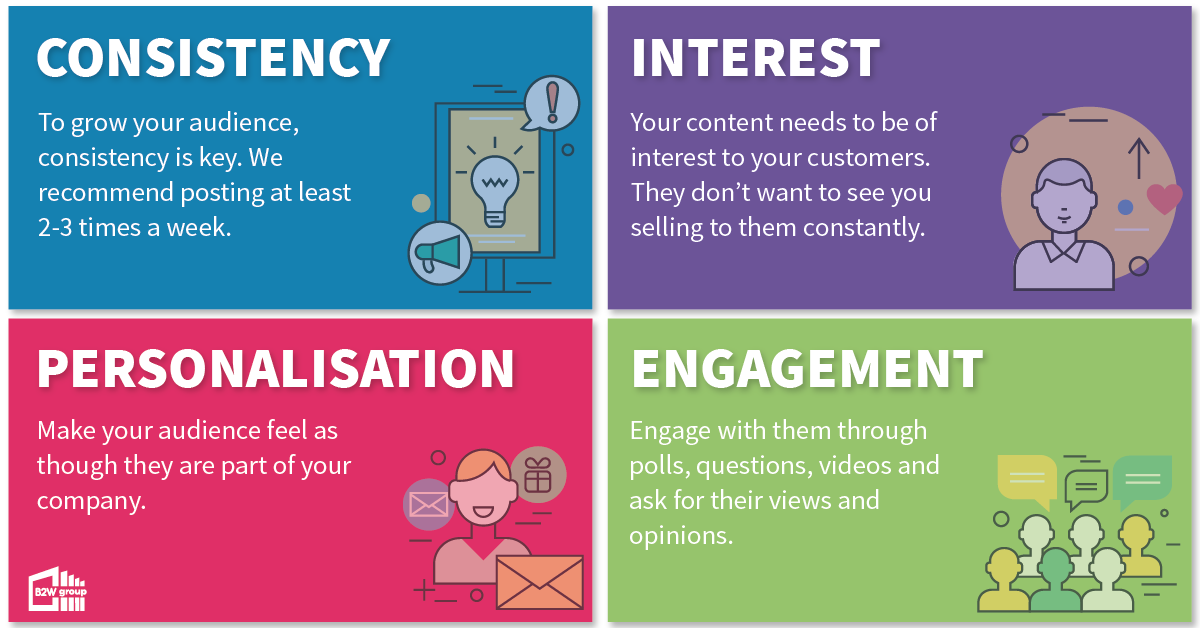
Content Planner
To be able to provide your audience with engaging content, you need to plan in advance. This gives you time to create quality imagery or video to go alongside your posts and to properly plan the messages you want to get across to your audience.
A content planner will allow you to plan your content each day so you can give yourself enough time to create the content. This will prevent you from making last-minute posts that won’t result in anything.
We have created a content planner using Google Sheets that you can edit and collaborate on. This includes which days what content is going to be posted and which days you need to do certain tasks to ensure you’re posting content on time.
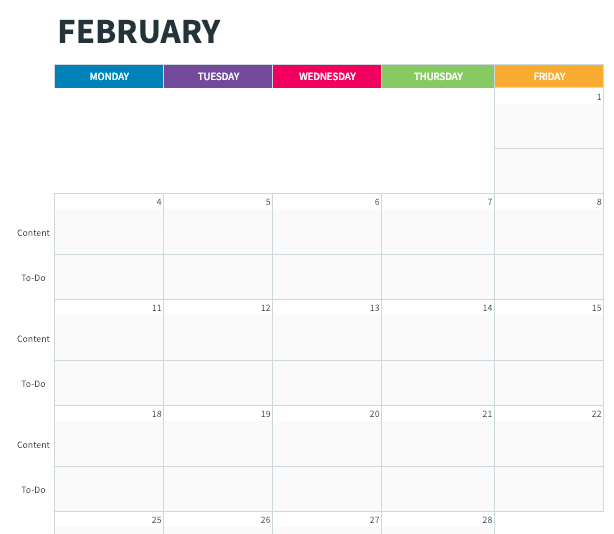
Download it by clicking here
Hiring an Apprentice
If you are reading through this and thinking to yourself, “I’m too busy to be able to do this!”, you’re not alone. We work with many businesses that are in the same situation as you, which is why they hire an apprentice. We offer the Digital Marketer Level 3 apprenticeship in the Manchester and Yorkshire area.
The apprentice will attend classroom sessions that will teach them new skills that they can apply in the workplace. This includes SEO, creating and implementing marketing campaigns, social media management, coding and much more! This enables them to properly advertise your company online. The best part? This apprenticeship is Government funded. Find out more here.
About the author


